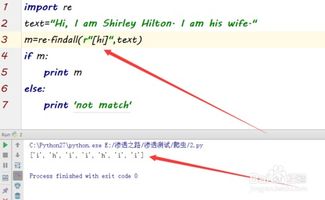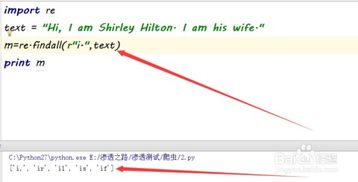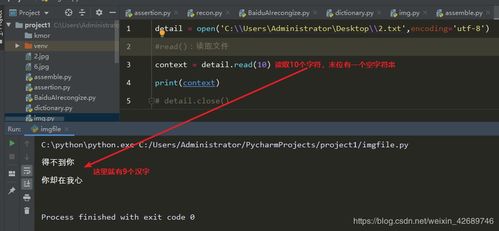
Read a Text File in Python: A Comprehensive Guide
Reading a text file in Python is a fundamental skill that every programmer should master. Whether you’re working on a simple script or a complex application, understanding how to read text files is crucial. In this article, I’ll walk you through the process of reading a text file in Python, covering various aspects and providing you with practical examples.
Understanding Text Files

Before diving into the code, it’s essential to understand what a text file is. A text file is a file that contains plain text, which can be opened and read using any text editor. Text files are commonly used to store data, such as configuration settings, logs, and user input.
Text files can be in different formats, such as plain text (.txt), CSV (.csv), and JSON (.json). Each format has its own structure and rules, which you should be aware of when reading the file.
Opening a Text File

To read a text file in Python, you first need to open it. The built-in `open()` function is used to open a file. Here’s an example of how to open a text file:
file = open('example.txt', 'r')In this example, ‘example.txt’ is the name of the file you want to open, and ‘r’ stands for read mode. When you open a file in read mode, Python reads the contents of the file from start to end.
Reading the File

Once you’ve opened the file, you can read its contents using various methods. Here are some common methods:
Reading the Entire File
One way to read the entire file is by using the `read()` method:
file_content = file.read()This method reads the entire contents of the file and stores them in the `file_content` variable. However, be cautious when using this method with large files, as it may consume a significant amount of memory.
Reading Line by Line
Another approach is to read the file line by line using the `readlines()` method:
lines = file.readlines()This method returns a list of strings, where each string represents a line in the file. You can then iterate over the list and process each line individually:
for line in lines: print(line)Reading a Specific Number of Lines
If you want to read a specific number of lines from the file, you can use the `readlines()` method with a slice:
lines = file.readlines()[0:5]This will read the first five lines from the file. You can adjust the slice to read any number of lines you need.
Handling Large Files
Reading large files can be challenging, especially if you’re using methods like `read()` or `readlines()`. These methods load the entire file into memory, which can be problematic for large files. To handle large files efficiently, consider using the `readline()` method:
for line in file: print(line)This method reads one line at a time, which is more memory-efficient than reading the entire file. It’s particularly useful when working with large text files.
Closing the File
After you’ve finished reading the file, it’s essential to close it to free up system resources. You can close a file using the `close()` method:
file.close()This step is crucial, especially when working with large files or opening multiple files simultaneously.
Practical Examples
Let’s look at some practical examples of reading text files in Python:
Reading a Plain Text File
Suppose you have a plain text file named ‘example.txt’ with the following content:
Line 1Line 2Line 3Here’s how you can read the file and print its contents:
file = open('example.txt', 'r')for line in file: print(line, end='')file.close()Reading a CSV File
CSV files are commonly used to store tabular data. Suppose you have a CSV file named ‘data.csv’ with the





